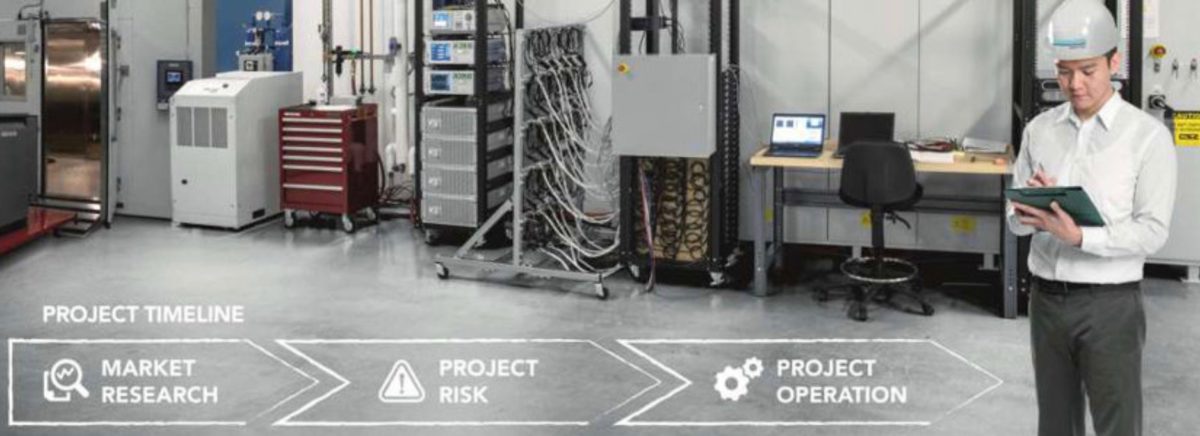For many of us, the last two months have felt like two years. But some of us – like those at DNV GL – have been launching the Australian Battery Performance Standard (ABPS) project during that time.
The lack of standardized performance data in what is one of the world’s leading markets for energy storage spurred both the DNV GL ABPS project, and the ITP Renewables Battery Trial, funded by the Australian Renewable Energy Agency (ARENA).
According to the Australian Department of Industry, Science, Energy and Resources, the country has the highest uptake of solar globally, with 2.37 million of 21% of all homes boasting rooftop solar. And, of course, rooftop PV without energy storage is like art without memory. However, energy storage uptake is not yet a given like solar, and part of the reason for this is customer confusion about choosing the right battery system.
In June 2018, the ABPS project started toward the development of a draft standard addressing which energy storage system is best suited to residential and small-scale commercial applications. Under the banner of DNV GL, and with the support of AU$1.44 million (US$989,930) in ARENA funding through its Advancing Renewables Program, and the Victorian Government through its New Energy Jobs Fund, the project is comprised of various groups, the Commonwealth Scientific and Industrial Research Organisation (CSIRO), Deakin University, and the Smart Energy Council.
“Energy storage is shaping up to be an important feature of our rapidly evolving energy system,” said ARENA CEO Darren Miller. “As rooftop solar penetration continues to increase, and more people look to store their solar energy during the day and minimize what they consume from the grid in the evening, it is important that consumers are informed about how well batteries perform over their lifetime to aid their investment decision.”
Popular content
Key metrics
Sometimes, what should go without saying is precisely the thing that needs saying most. It should go without saying that battery manufacturers should report in a consistent way. Alas, it takes ABPS to ensure that, following this new proposed standard, battery manufacturers will be required to report metrics consistent across the board, such as maximum and sustained power, capacity, and efficiency.
Even if manufacturers reported such basic facts, the consumer couldn’t be sure that varying manufacturers applied the same testing methods. Therefore, ABPS has also designed test protocols designed specifically to provide performance data relevant to Australian conditions and solar production patterns.
“The adoption of this standard will help consumers’ dilemma of choosing the energy storage system best suited to their needs,” said Nicolas Renon, executive vice president Asia-Pacific. “And empower them to play their part in moving toward a cleaner future.”
For the full story, please visit our pv magazine Australia site.
This content is protected by copyright and may not be reused. If you want to cooperate with us and would like to reuse some of our content, please contact: editors@pv-magazine.com.



By submitting this form you agree to pv magazine using your data for the purposes of publishing your comment.
Your personal data will only be disclosed or otherwise transmitted to third parties for the purposes of spam filtering or if this is necessary for technical maintenance of the website. Any other transfer to third parties will not take place unless this is justified on the basis of applicable data protection regulations or if pv magazine is legally obliged to do so.
You may revoke this consent at any time with effect for the future, in which case your personal data will be deleted immediately. Otherwise, your data will be deleted if pv magazine has processed your request or the purpose of data storage is fulfilled.
Further information on data privacy can be found in our Data Protection Policy.